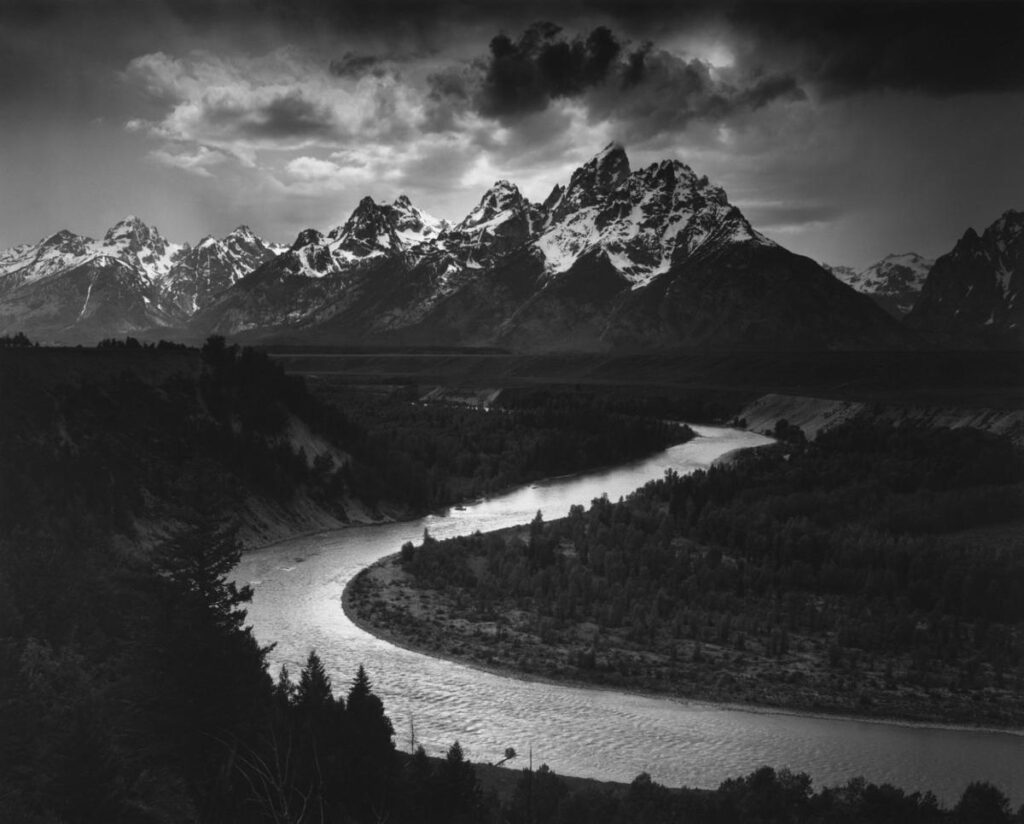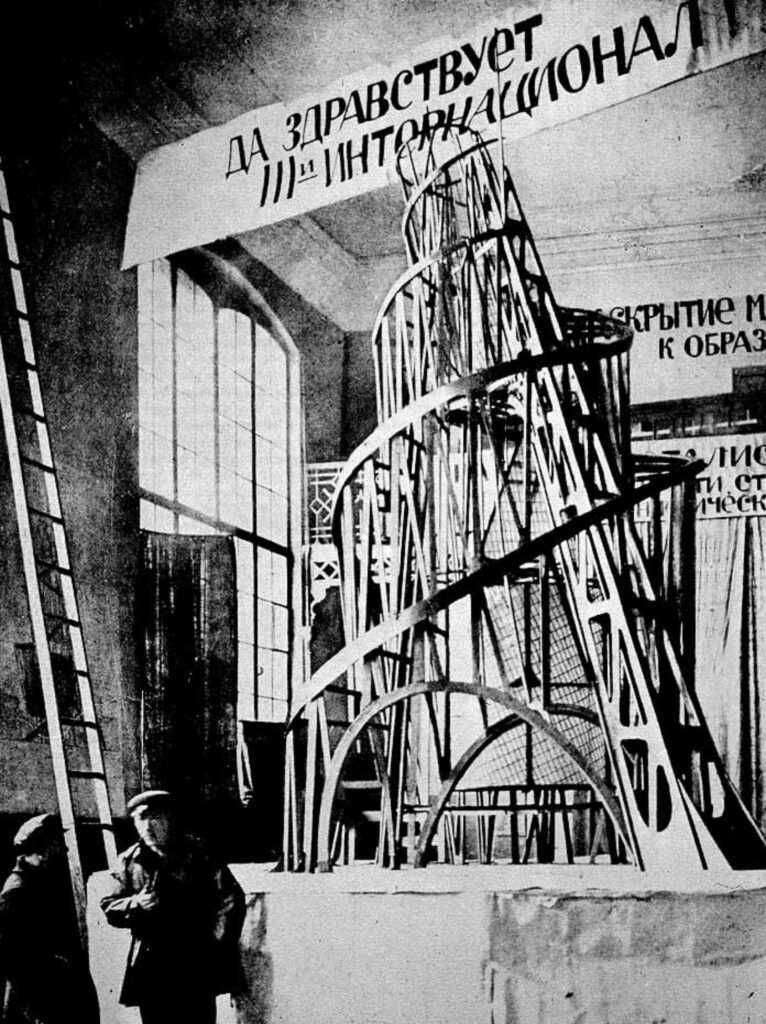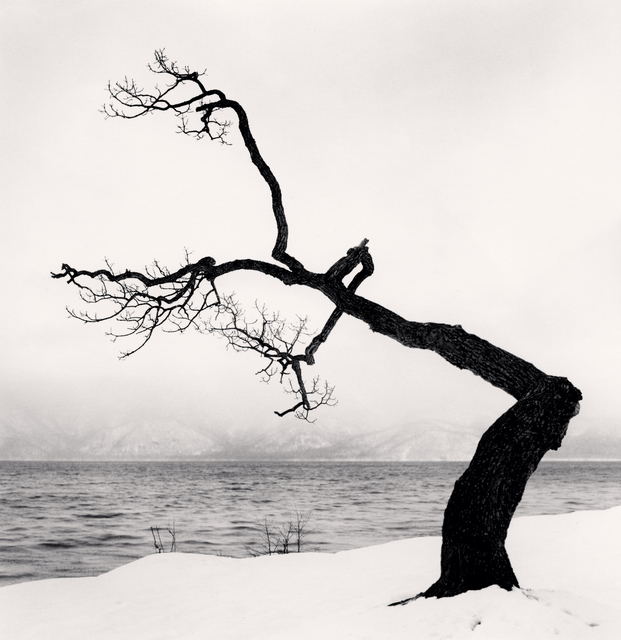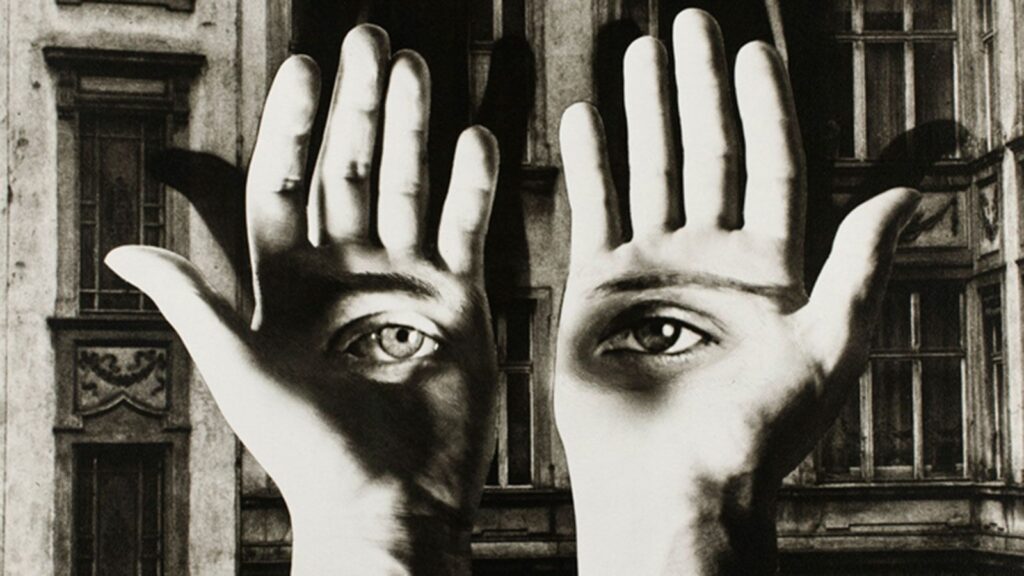Romanticism
Romanticism is a concept that draws from the Romantic movement in art and literature, which emerged in the late 18th and early 19th centuries. This art movement emphasises emotion, individualism, the sublime, and nature. It typically focuses on themes of mystery, beauty and the idealised. One of the key concepts of romanticism is emotion and imagination. Romantic photographs tend to capture moments which evoke strong feelings in the viewer eg fear, nostalgia and awe. Photographers achieve this through the use of dramatic lighting. Additionally, many Romantic photographers focus on the beauty of nature and its power. They often present these scenes in a dreamlike manner by using soft focus, unique lighting and unusual compositions, all of which makes a once ordinary scene look extraordinary. Overall, Romanticism focuses less on technical precision and more about capturing the emotional, imaginative, and mystical aspects of the world, inviting the viewer to connect with the deeper, unexplored dimensions of life and nature. One photographer who links to the art movement of Romanticism is Ansel Adam’s. His images often idealise nature and shows it in its untouched, majestic form, creating a sense of overwhelming awe in his viewers (which is a key concept of romanticism).

Constructivism
Constructivism is an art movement that emerged in Russia around 1915. It was a revolutionary movement that sought to break away from traditional art forms and create new visual languages suited to the modern, industrial world. The movement is closely linked to the ideals of the Russian Revolution and the desire to integrate art with social and political change. Constructivism rejected traditional representational art in favour of abstraction. Artists used geometric shapes (eg squares, triangles, and circles) and emphasised clean lines, angles, and the use of industrial materials eg metal, glass, and wood. Constructivists believed art should serve people and contribute to social progress. Constructivism is a radical, forward thinking movement that views art as a tool for social change and aims to break down the boundaries between art and everyday life. Its focus on abstraction, geometric forms and the use of modern materials influenced not only visual arts but also design, architecture, and graphic arts. An example of a constructivist artist is Vladimir Tatlin. He was a Russian painter and architect who was best known for his contributions to the Constructivist movement. He’s most well known for his design of the Tatlin’s Tower (which was intended as a symbol of Soviet modernity and revolution). Tatlin’s work focused on the idea that art should be integrated into life and serve a practical, social function, aligning with the Constructivist belief in combining art with technology and industry. His work rejected traditional artistic methods and favoured abstraction and constructivist forms.

Impressionism
The Impressionist art movement originated in painting in the late 19th century. In photography, it focuses on capturing the essence/mood of a scene rather than precise details or sharp focus. The goal is to convey the impression of a moment, often using techniques like soft focus, motion blur, unusual lighting, and experimenting with colour and composition. This approach emphasises the beauty of everyday scenes which can be achieved by manipulating the exposure, shutter speed or using filters in images to create a dreamlike effect. This then evokes a feeling/ atmosphere rather than a realistic representation of the subject. Some of Claude Cahun’s work can link to this art movement due to the techniques she used. For example, her use of soft focus, blurred movements, and dreamlike compositions gives her images an ethereal and atmospheric quality, capturing not just the subject but mood and emotion too. Additionally, Michael Kenna is another impressionist artist whose black and white landscape photography often reflects a minimalist and atmospheric quality reminiscent of Impressionist art. His use of long exposure times and soft, ethereal light in his images creates a sense of movement and atmosphere. His work often evokes a dreamlike feeling which aligns with the Impressionist art movement.


Surrealism
The Surrealism art movement began in the early 1920s. It looked at exploring and expressing the unconscious mind, dreams and the irrational through bizarre/fantastical imagery. Surrealist artists sought to challenge conventional perceptions of reality by depicting strange, illogical scenes that often combined elements of the familiar and the bizarre. The movement was heavily influenced by psychoanalysis and the ideas of Sigmund Freud emphasised the importance of dreams and the unconscious to explain behaviour. Surrealism had a profound impact on literature, film, theatre and philosophy (as well as visual arts). Surrealist photographers employ various techniques in order to manipulate reality. This consists of: double exposure, photomontage, manipulating perspective, symbolism and abstract forms. One surrealist photographer is Man Ray. His work blurs the line between the real and the imagined, creating dreamlike and fantastical images representative of Surrealism. For example, his work “Le Violon d’Ingres” (1924) features a female figure with the f-holes of a violin painted on her back, clearly displays the surrealist ideas of distortion, symbolism and the subconscious.


